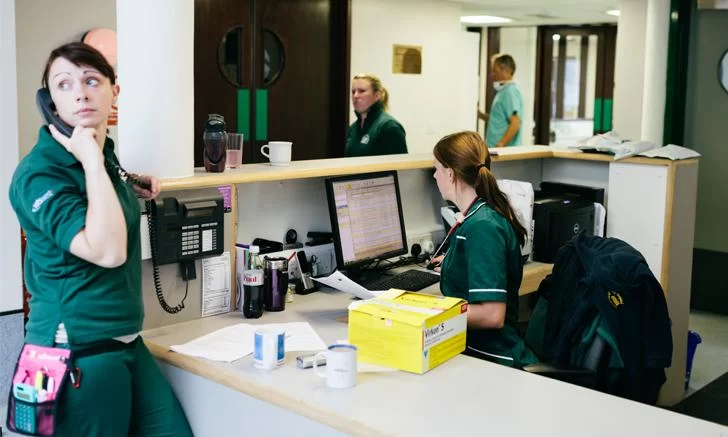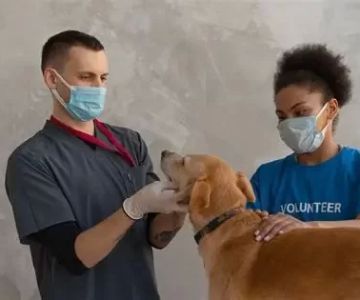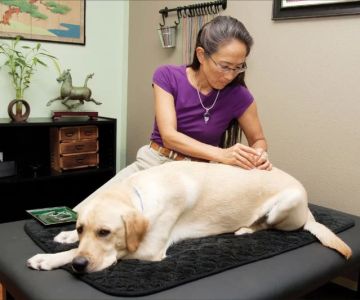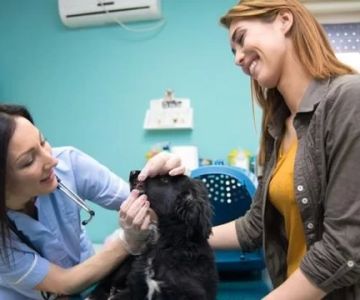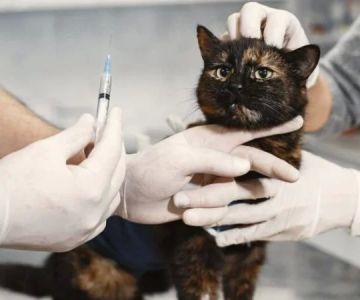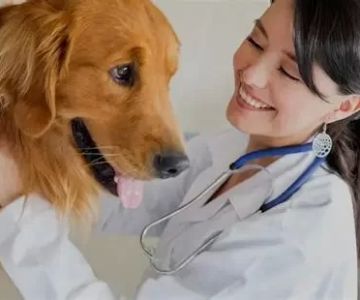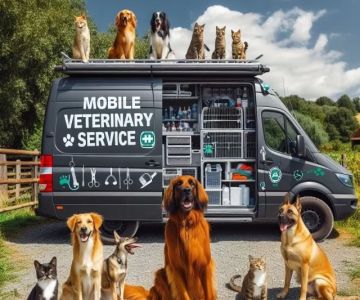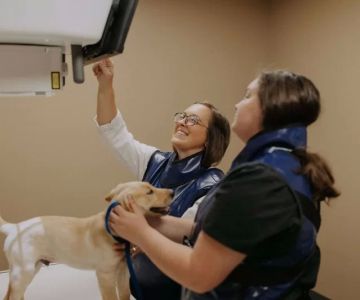- 1-overview-of-the-veterinarian-shortage
- 2-primary-causes-driving-the-shortage
- 3-impact-of-the-shortage-on-animals-and-clinics
- 4-personal-stories-from-the-frontlines
- 5-possible-solutions-and-future-outlook
- 6-how-to-support-the-veterinary-profession
1. Overview of the Veterinarian Shortage
The question why is there a veterinarian shortage has gained significant attention across the animal care industry and media. Veterinary professionals are in increasingly high demand, yet the workforce is struggling to keep up with the growing needs of pets, livestock, and wildlife. This shortage impacts not only animal health but also community wellbeing, agriculture, and public safety.
Recognizing the scope and reasons behind this shortage is critical for understanding how it affects veterinary clinics, animal owners, and aspiring vets alike.
2. Primary Causes Driving the Shortage
Several interconnected factors contribute to why there is a veterinarian shortage. First, the increasing pet ownership rates and complex health needs mean more animals require professional care than ever before. Simultaneously, veterinary education demands are high and costly, deterring some qualified candidates.
The profession faces significant stressors including long working hours, emotional burnout from patient care challenges, and comparatively lower salaries versus education debt. These conditions lead to early retirements and reduced workforce growth.
2.1 Geographic Disparities and Rural Challenges
Rural and underserved areas suffer disproportionately from this shortage. Many vets prefer urban centers for lifestyle and financial reasons, leaving critical gaps in agricultural communities that rely heavily on veterinary services for livestock health and food safety.
3. Impact of the Shortage on Animals and Clinics
The veterinarian shortage affects wait times for appointments, limits access to specialized care, and increases workloads for existing professionals. Clinics may reduce hours or services, affecting animal outcomes.
For instance, a local shelter once faced delayed treatments due to vet scarcity, which impacted animal recovery rates. These real-world effects emphasize the urgency of addressing the shortage comprehensively.
4. Personal Stories from the Frontlines
Dr. Mark, a veterinarian in a mid-sized city, shares, “The increasing caseload is overwhelming. Sometimes, despite our best efforts, we have to prioritize emergencies because of staff limits. The shortage impacts morale and the quality of care we aspire to provide.”
Such insights reveal the human side behind the statistics, illustrating why many vets advocate for systemic change.
5. Possible Solutions and Future Outlook
Efforts to address why there is a veterinarian shortage include expanding veterinary school capacity, offering loan forgiveness programs, and improving workplace conditions to reduce burnout. Telemedicine and technological advances also offer promising support.
Collaborative initiatives between government, educational institutions, and veterinary organizations aim to create sustainable growth in the veterinary workforce.
6. How to Support the Veterinary Profession
Understanding why is there a veterinarian shortage is the first step toward making an impact. Supporting local clinics, advocating for veterinary education funding, and encouraging young people to pursue vet careers can help alleviate pressure.
Our website offers a range of carefully selected products and resources that support veterinary professionals and students. Whether you are an animal lover or someone considering a vet career, exploring these tools can empower you to contribute meaningfully to this vital field.

